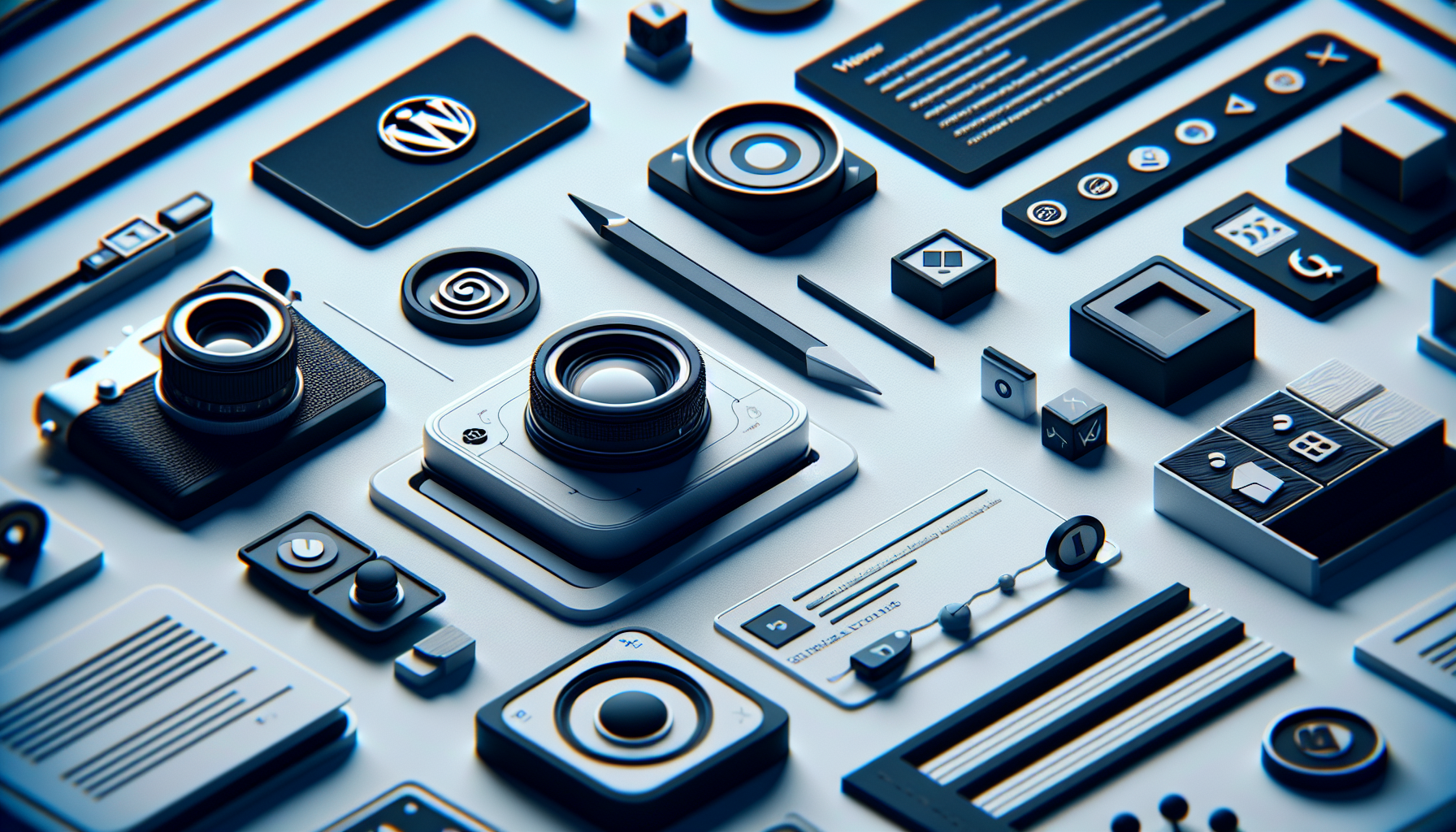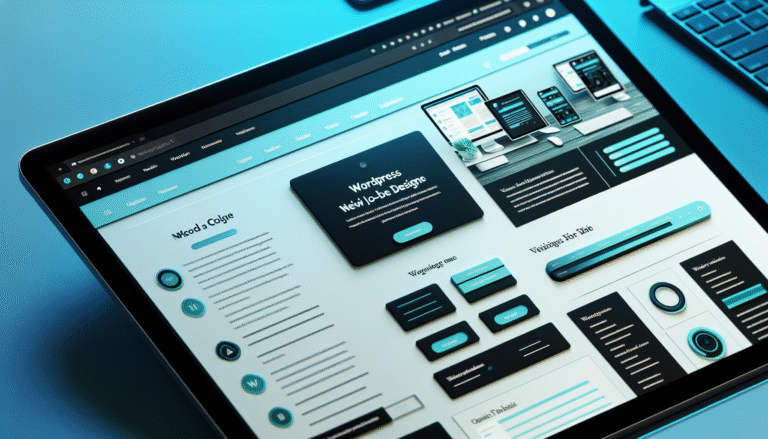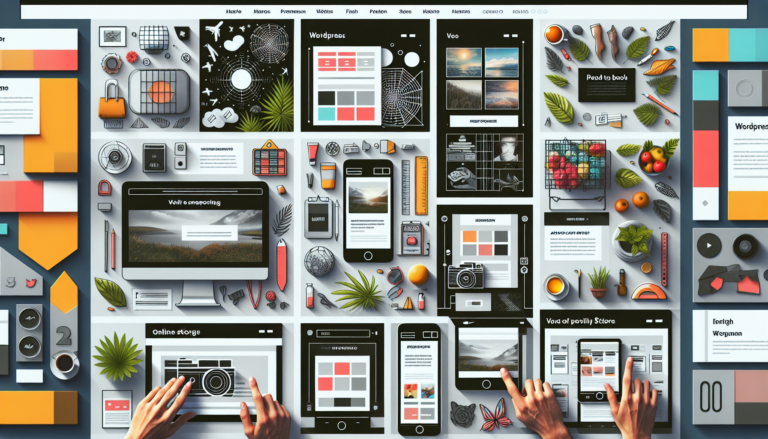
Let’s be clear: in the next one to five years, most websites won’t need you, me, or anyone with Figma and a mood board of stylish font pairings.
They’ll design themselves. Not like “Wix with AI.” I mean real-time self-adapting, self-healing, audience-aware machines that change based on context, behavior, and KPIs—without a designer’s input.
Sound dramatic? Good. Because if you’re still designing static homepage hero sections in 2025, the future will overtake you.
The End of the “Final” Design
Let’s be honest: “final” design files have been a myth since the days of Photoshop slices. Once you ship something, it’s outdated. AI doesn’t have that issue. It doesn’t ship—it lives. It doesn’t design for approval—it designs for performance.
Imagine this: a SaaS website that learns from bounce rates, scroll patterns, heatmaps, A/B tests, and CTA conversions—then redesigns its layout, colors, messaging, and even font hierarchy in real-time, just like Spotify updates your playlists.
No need for the next quarterly redesign cycle. No human bottleneck. Just self-evolution.
We’re close. Framer and Figma Sites already let you drag and drop your way into something decent.
Add AI and a logic engine, and the site can test five versions of your landing page overnight and serve the top performer by morning. Why pay a designer to guess when a model can know?
Your Dribbble Feed Is Already Outdated
That beautifully kerned pricing page you spent three days polishing? An AI can do it in 30 seconds. But that’s not the scary part. The scary part is it can also rewrite the headline, test three button positions, adapt the layout to device orientation, and personalize the testimonial based on the user’s job title—before your second coffee.
And since these systems will be powered by live performance data—not design instincts—the best-looking version might never be chosen. Brutalist design with a 32% CTR? It stays. Your elegant minimalist version that “feels cleaner”? Gone.
This is why design portfolios might become obsolete too. AI doesn’t care about your taste. It cares about what works. And if you’re still designing with your gut instead of real-time performance loops, you’re essentially designing in the dark.
Designers, Reduced to Content Wranglers
So what’s left? If AI handles layout, UX patterns, copy, and brand adaptation… what do we do?
Well, some things.
- Shaping the brand’s voice – AI can mimic tone, but someone has to set the tone. For now.
- Training the model – You’ll spend less time in Figma and more time feeding data into prompt engineering layers, UX goals, audience segment definitions.
- Ethical and emotional oversight – Machines don’t understand nuance. Not really. You’ll be the one saying, “Maybe don’t show this image to trauma survivors,” or “We shouldn’t manipulate user behavior this way.”
- High-concept creative direction – Not every campaign can be born from a spreadsheet. Storytelling, narrative arcs, experiential design—AI’s still catching up there.
- Fixing weird AI decisions – You know the uncanny valley of language? The same happens in design. AI might produce a layout that’s technically “optimized” but just feels… off. You’ll be the human taste filter.
So yes, there’s still work for us. But it’s different work. Less pixel-pushing. More systems-thinking. Less building. More guiding.
What the AI-Designed Web Will Actually Look Like
Imagine a homepage that rearranges itself depending on whether you came from X or Google. A navigation that reshapes based on your behavioral persona. Imagery that swaps based on mood (detected by time of day, scroll speed, even your calendar). Headings rewritten in real time to match your industry, your pain point, your demographic.
That’s not web design. That’s web choreography. And it’s





